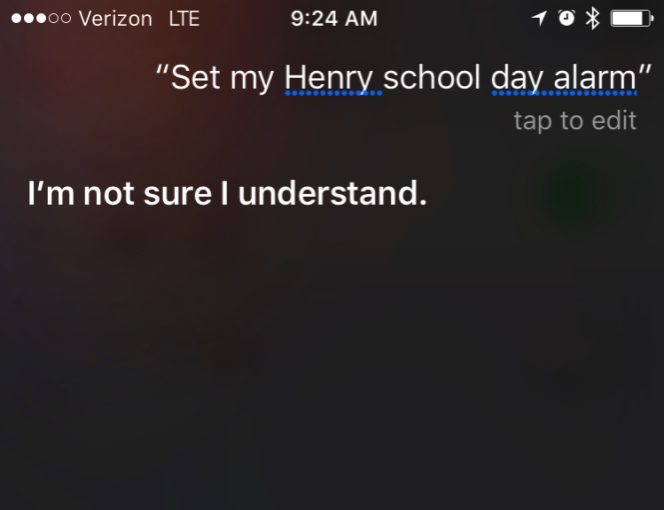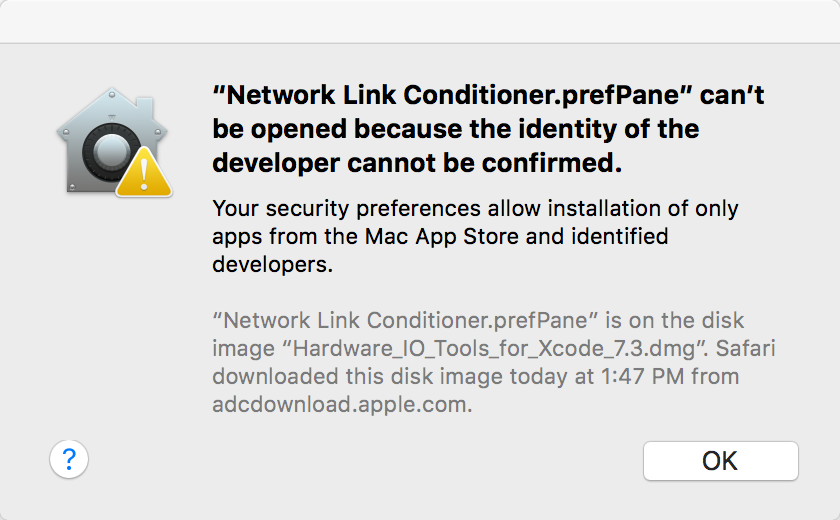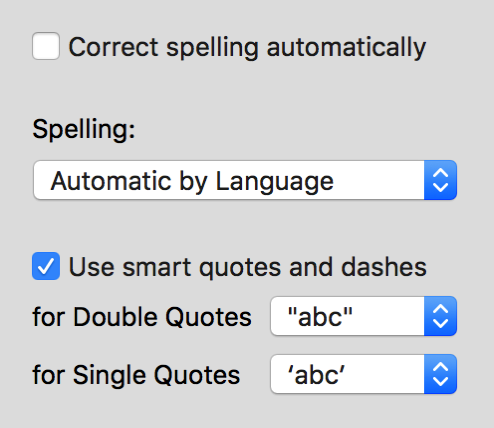I bought a HomePod, and have been using it lightly for about a week now. On the face of it, I’m the ideal customer: an Apple fan who’s invested in other Apple devices, subscribes to Apple Music, is more-or-less at peace with Siri, and is primarily in the market for a better sounding home audio speaker. Hello, HomePod! I couldn’t resist.
I unboxed it and installed it in our dining room. I tested it with some of my favorite music, by Neutral Milk Hotel. It sounded fantastic to my ears, and seemed to live up to all the hype. My decision to put it in a common room was exciting for my children, who are six and nine. The six-year-old danced around, piping semi-naughty utterances such as “Hey Siri, play inappropriate music,” before giggling maniacally and looking to me for a reaction.
Next, we enjoyed about eight repetitions from the theme song for Milo Murphy’s Law, a children’s show starring Weird Al Yankovic. The kids fought over which one got to “ask Siri” to play it again next. For a short while, it looked as though HomePod would be a welcome addition in our home, but it soon wore out its welcome.
I expected shortcomings, as anybody who’s been following news about the device should, but none of the expected problems were deal-breakers. Here’s how many of those issues affect myself and my family:
- Multiuser Support. It doesn’t support multiple users. It does support “personal requests” for exactly one user, so anybody who lives with family or roommates, and doesn’t want everybody to have access to their reminders, notes, etc., is compelled to turn off support for these requests.. Fortunately, Apple provides a setting for this and even asks during setup what the default should be. This is not a big deal to me, because I am almost always with my iPhone and Apple Watch, to which I make most of my “personal requests.” More on that later.
- Multi-HomePod Support. It doesn’t support multiple HomePods. Yet. Apple promised technologically stunning audio performance with the HomePod, and they seem to have delivered. It’s supposed to be even better if you can afford to purchase two or more HomePods and let them work in concert (har, har) with one another. Me, I’m just looking for one HomePod to sound great in one room, so I’m not too bothered.
- Direct Audio Input. HomePod can’t stream Bluetooth, you can’t plug an iPhone or any other USB device into it, and you certainly can’t pipe direct audio from RCA jacks or a headphone-style 3.5mm stereo jack. It can play music from your iTunes Music Library and Apple Music, or it can stream from an AirPlay-compatible device. This takes care of most my needs, but doesn’t cover all my wife’s wishes. We concluded we would need to keep our existing Bluetooth/USB playback device around as a backup plan.
- Siri is Siri. Let’s face it: much of the criticism is warranted. I rely heavily upon Siri, and on the whole I’m pretty happy with it. Which is not to say I am not frequently frustrated by its mistaken interpretations and unfathomable inabilities. Perhaps the most embarrassing incompetency, particularly for a device that should feel at home in a kitchen, is its continuing inability to manage more than one timer concurrently. Chalk it up to Stockholm Syndrome, but I’ve got all manner of mental workarounds for Siri’s quirks. I get by, and I didn’t expect HomePod to make any of these challenges disappear.
What I didn’t expect was how incredibly sensitive Siri on the HomePod would be, and how obnoxiously persistent it would be about responding to my requests, no matter how far I am from the device, nor how unsuited it is for the task at hand.
My first experience with Siri’s obtrusiveness came while I was listening to loud music in my living room, being played by the HomePod in the dining room next door. I sat on the couch with my laptop, and paused to give myself a reminder about something. Let’s say it was “Hey Siri, remind me in 30 minutes to start making dinner.” I raised my Watch, issued the command, and was startled to hear the music suddenly drop to near silence. What’s going on? A moment later, Siri boomed from the next room:
You can turn personal requests on or off in the Home app associated with this HomePod.
Holy what! That was unexpected. An incredible demonstration of the perceptiveness of the HomePod, from a distance and over loud music, and a demonstration of the fundamental problem that is slowly driving me to disdain this thing: it will not stay out of my business! Any attempt to “Hey Siri” another device is met by a loud interruption by Siri either of the music, or of the silence of the room. It’s bad enough that it assumes all requests are being made to it, but it’s even worse that it insists on chiming in even when it isn’t capable of serving the request. Just to remind everybody that it’s not configured for personal requests. After several more unexpected activations, I conceded that things were not going well in the common room. I moved HomePod up to my office.
In my office, the HomePod is less useful as a music playback device, because I’m usually deep in thought on some programming or writing task, and I don’t do well with music playing in that context. However, at least in my office I could turn on “personal requests” and accept that HomePod might be my occasional fine-listening device, as well as a ubiquitous Siri assistant. At least it was worth a shot!
At this point I should mention that while my home office is primarily where I work on my independent software business, that I am also a moderately stressed out person who is trying to get a handle on reining in my busy, anxious-feeling brain. To that end, I commit some time in a typical workday to a very casual attempt at mindfulness meditation. I sit down on the floor, take a few deep breaths, close my eyes, and ask my Watch to “set a timer for six minutes” so I can unlock some personal decompression before getting on with my day.
You can guess where this is going: the first time I attempted to meditate in my office after moving the HomePod in, I had just settled down to lap up the water from the trough of relaxation when HomePod blares out at a loud volume: “Counting down from six minutes.” I value the timer on the Watch in part because it rouses me from my activity at first with a slight tapping and vibration on my wrist, rather than with a loud alarm sound. But as I had already settled down into my relaxation pose, I decided to soldier on, bracing myself for the room-shattering awakening that was soon to come.
At this point I’m on the verge of disabling “Hey Siri” altogether. Which is unfortunate because, to my mind, it’s still one of the most impressive features of the device. It’s just incredible to be able to utter music commands like “set volume to 30%”, “pause”, “continue”, “skip track”, etc., even at a whisper from across the room. If I disable this feature, I’m not sure I’ll find the merits of the HomePod as an audio speaker compelling enough to weave into my regular music listening habits.
I have filed a bug with Apple (Radar #37572955) requesting that it be less obtrusively interrupting, particularly when it can’t do what I’ve asked. Although I have high hopes for improvements to come with future software updates, you never can be sure when Apple will get around to fixing the issues that most vex you. I’m conflicted to be at once so impressed with the audio, form factor, and general behavior of Siri on the HomePod, while on the other hand having trouble finding a place in my house where it can show off all those features without also driving me and my family to frustration.
Update: After publishing the above, I received a note on Twitter from Connor asking what version of watchOS I am running:
I realized I didn’t know, off the top of my head. I figured I was updating my watchOS regularly, but couldn’t recall when I’d last done so. I reported that I was running watchOS 4.1, and he suggested that I might see an improvement after updating to 4.2.2. Yikes! I’d really fallen behind.
After updating to 4.2.2 I went back to my office and ran a few artificial tests. I immediately noticed the difference, as my Watch responded to “Hey Siri” requests, and the HomePod remained silent. I was so surprised that I wanted to confirm the HomePod was still listening. I lowered my Watch and issued a request, which was answered by HomePod. Moments later, I raised the Watch again and tried to address it, and this time the HomePod butted in again.
I think they’ve made dramatic improvements specifically to watchOS between 4.1 and 4.2.2, but there is still room for improvement. I had run into the problems with HomePod with my iPhone as well, which I confirmed is running the latest version of iOS. Still, the dramatic improvement with the Watch gives me hope that things will continue to improve, and the situation is not quite so dire as I had first experienced it.




